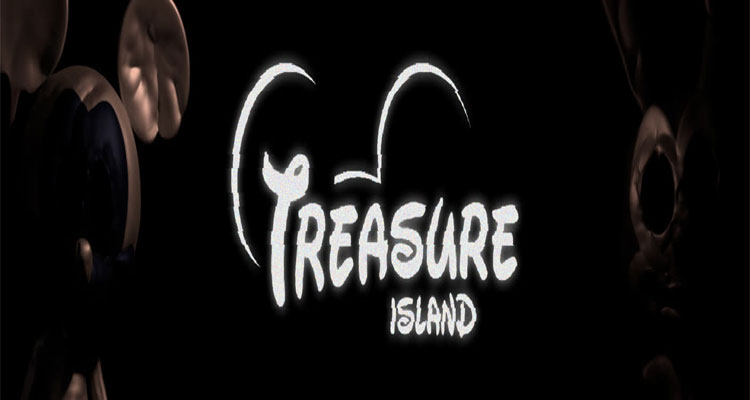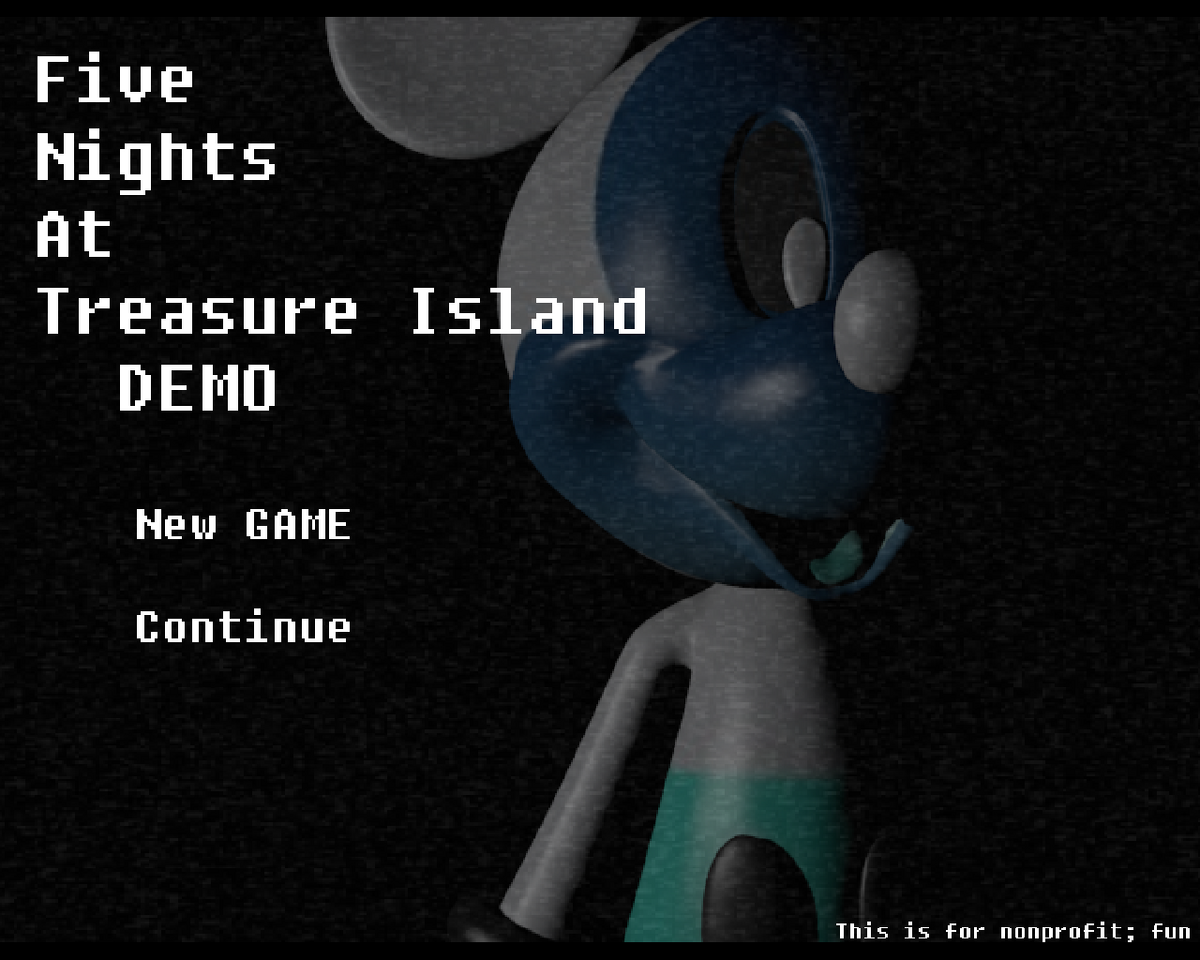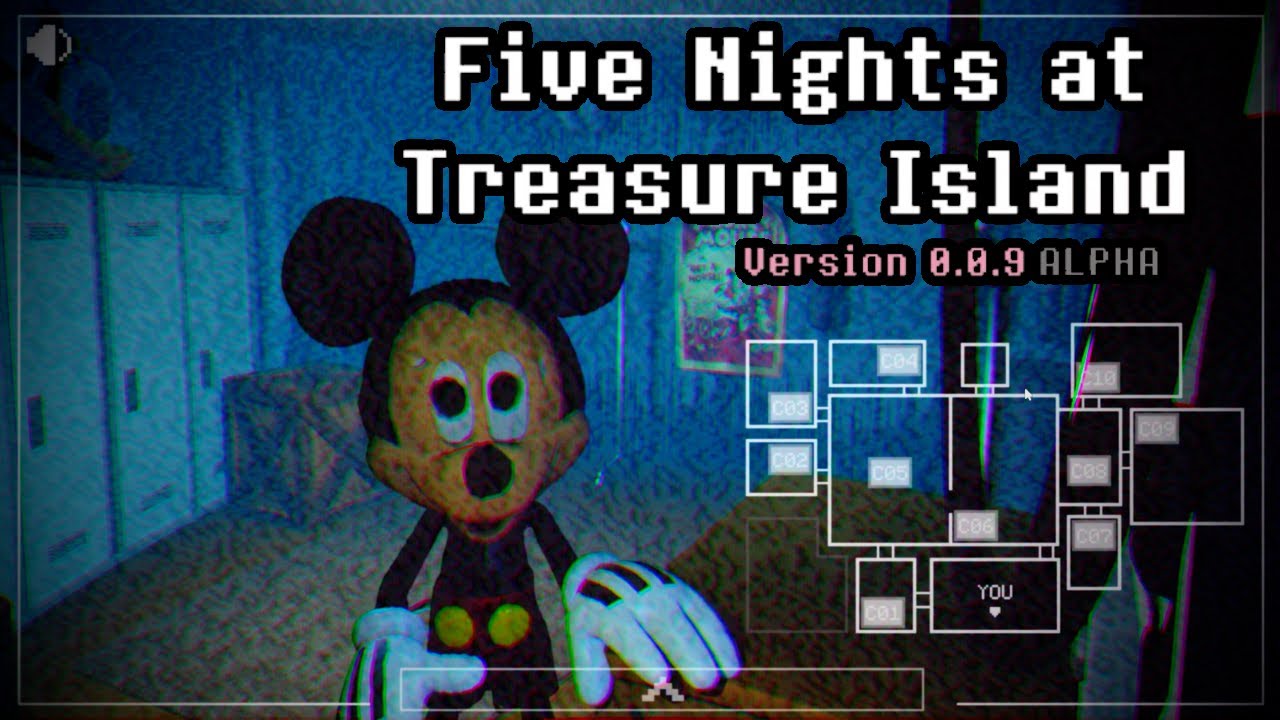Many students are familiar with the world of indie horror games. One particular series often surfaces. It’s called Five Nights at Treasure Island (FNATI).
Understanding FNATI: A Primer for Educators
FNATI is a fan-made game. It draws inspiration from Five Nights at Freddy's (FNAF) and Disney's abandoned character, Suicide Mouse. The game places the player in the role of a security guard. The location is a dilapidated version of Disney's Treasure Island.
The player must survive five nights. Animatronic characters, based on corrupted Disney mascots, roam the island. These animatronics attempt to attack the player. The gameplay mechanics are similar to FNAF. The player uses cameras, doors, and other tools to defend themselves.
Key Elements of FNATI
The game's horror relies on atmosphere. There is distorted imagery and unsettling sound design. This contributes to the game's overall creepiness. The story often involves themes of decay. Also, there is themes of lost innocence and the corruption of childhood icons.
Suicide Mouse is a key character. He is a distorted and disturbing version of Mickey Mouse. Other animatronics are equally unsettling. They include characters like Oswald the Lucky Rabbit and Goofy. Each character has its own unique behavior and attack patterns.
Teaching FNATI: Classroom Strategies
Approaching FNATI in the classroom can be tricky. You need sensitivity. It’s important to focus on the game's themes and design elements. Avoid glorifying violence or promoting fear.
Analyzing Game Design
Discuss the game's use of atmosphere. It is also important to explore its use of sound. Analyze how the developers create tension. Students can explore how the game uses familiar characters in unfamiliar ways. Discuss how this generates unease. You can compare and contrast FNATI with its inspiration, FNAF.
The use of Suicide Mouse is a powerful symbol. You can discuss the character's origins. Talk about its impact on internet culture. Students can analyze how the game uses this character to convey themes of despair and loss.
Discussing Fan Culture
FNATI is a product of fan culture. Discuss the role of fan-made games. Explain their significance in the gaming community. Explore the creative process involved in developing such games. Encourage students to analyze the game's success. Also, discuss its impact on the horror genre.
Students can research the legal and ethical considerations surrounding fan-made games. They can analyze the potential risks associated with using copyrighted material. This can lead to discussions about fair use and intellectual property.
Creative Writing Prompts
Encourage creative writing activities inspired by FNATI. Students can write short stories from the perspective of the security guard. They can also write from the perspective of one of the animatronics. They can explore the characters' motivations and backstories. This can foster creativity and critical thinking skills.
Students can design their own FNATI-inspired animatronics. They can create stories about these characters. This can encourage them to think about game design and storytelling. They can also learn about the importance of creating compelling characters.
Common Misconceptions
Many students might view FNATI as simply a scary game. It is crucial to address this misconception. The game has complex themes and design elements. These elements can be analyzed and discussed in depth.
Some students might assume that FNATI is an official Disney product. Clarify that it is a fan-made game. Explain that it is not affiliated with Disney. It is vital to emphasize the importance of respecting copyright laws and intellectual property.
Students might misunderstand the symbolism of Suicide Mouse. Explain its origins as a creepypasta. Discuss its role in internet culture. It’s important to approach this character with sensitivity. Focus on the themes it represents.
Engaging Students
Use visual aids to illustrate key concepts. Show images of the animatronics. Play snippets of the game's soundtrack. Use these elements to create an immersive learning experience. This can help students understand the game's atmosphere and design.
Incorporate interactive activities into the lesson. This can include group discussions, debates, and brainstorming sessions. Encourage students to share their thoughts and opinions. Create a collaborative learning environment.
Connect FNATI to other relevant topics. Discuss the history of horror games. Explore the psychology of fear. Analyze the impact of internet culture on popular media. This can help students see the game in a broader context.
Remember to provide a balanced perspective. Acknowledge the game's disturbing elements. Emphasize its artistic and creative aspects. Encourage critical thinking. Facilitate meaningful discussions.
By implementing these strategies, educators can effectively introduce Five Nights at Treasure Island. They can do this in a way that is engaging. Also, it should be educational and appropriate for the classroom setting. Remember to be mindful of the game’s mature themes.


